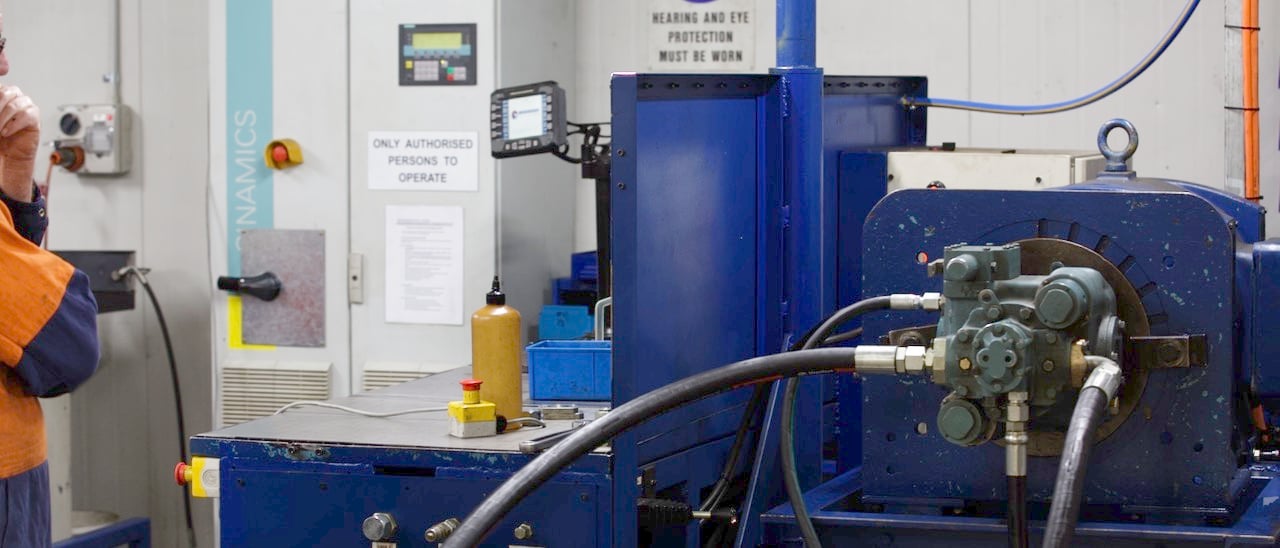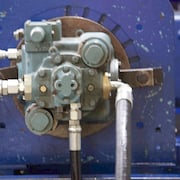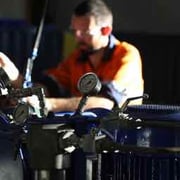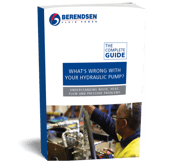
Is your hydraulic pump unable to develop pressure? There are a number of issues that could cause this condition. The best practice is to eliminate the most obvious causes so that you don’t end up replacing a perfectly good pump only to find that the issue was something trivial. To help, we’ve put together a list of things you should check before you tear into your pump.
HYDRAULIC PUMP NO-PRESSURE CHECK LIST



1. CHECK YOUR DIRECTIONAL CONTROL SETTING
It sounds obvious, but directional controls are often changed inadvertently without the knowledge of maintenance personnel. It takes no time to verify the position of manual controls and check the settings of electrically operated solenoid controls, but you will feel a lot better if you do that, instead of replacing a perfectly good pump.
2. CHECK THAT YOUR PUMP IS RECEIVING FLUID
Things like restrictions and blockages can impede the flow of fluid to your pump. which could contribute to poor fluid flow. Air leak in suction line. Air present in the pump at startup. Insufficient supply of oil in pump. Clogged or dirty fluid filters. Clogged inlet lines or hoses. Blocked reservoir breather vent. Low oil in the reservoir
3. CHECK THAT YOUR DRIVE MOTOR IS NOT REVERSED
Now that we’ve ensured that the directional control is not reversed, it’s time to check that the drive motor itself is turning in the right direction. Sometimes incorrect installation leads to mismatched pipe routings between control valves and motors, which can reverse the direction of flow. Check to see that the motor is turning the pump in the right direction and if not - look at your piping.
4. CHECK THAT YOUR DRIVE MOTOR IS OPERATING CORRECTLY.
Check to ensure that your pump drive motor is turning over and is developing the required speed and torque. In some cases, misalignment can cause binding of the drive shaft, which can prevent the motor from turning. If this is the case, correct the misalignment and inspect the motor for damage. If required, overhaul or replace motor.
5. CHECK TO SEE IF YOUR PUMP COUPLING IS DAMAGED.
Check to ensure the pump to motor coupling is undamaged. A sheared pump coupling is an obvious cause of failure, however the location of some pumps within hydraulic systems makes this difficult to check so it may go overlooked
6. CHECK YOUR PUMP RELIEF VALVE
It is possible that the entire flow could be passing over the relief valve, preventing the pressure from developing. Check that the relief valve is adjusted properly for the pump specifications and the application.
7. CHECK FOR MECHANICAL DAMAGE
Seized bearings, or pump shafts and other internal damage may prevent the pump from operating all together. If everything else checks out, uncouple the pump and motor and check to see that the pump shaft is able to turn. If not, overhaul or replace the pump.
Learn to identify other pump problems with our troubleshooting guide.
If your pump is having problems developing sufficient power, following this checklist will help you to pinpoint the problem. In some cases you may find a simple solution is the answer. If your pump is exhibiting any other issues such as noise problems, heat problems or flow problems, you may need to do some more investigation to address the root cause of your pump problem. To help, we’ve created a downloadable troubleshooting guide containing more information about each of these issues. So that you can keep your system up and running and avoid unplanned downtime. Download it here.








Leave A Comment